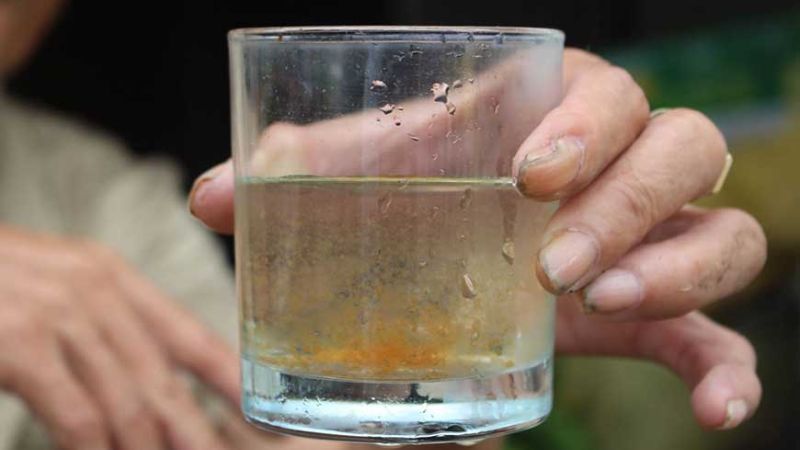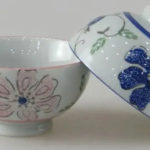Iron-contaminated water in some areas that still rely on well water is a growing concern for many families. Prolonged consumption of iron-contaminated water can have negative effects on people’s health. Join us to learn about the signs and how to deal with it to prevent the adverse consequences caused by using iron-contaminated water!
1 What is Iron-Contaminated Water?
 What is iron-contaminated water?
What is iron-contaminated water?
According to the standards set by the Ministry of Health, water sources are considered iron-contaminated when the total amount of iron measured in domestic water is >0.3 mg/l. Iron-contaminated water is also commonly referred to as “ferrous water.”
Iron-contaminated water is usually the result of the following reasons:
- The consequence of factories and enterprises directly discharging wastewater containing heavy metals into the environment. Heavy metals in wastewater will seep into groundwater sources, contaminating the water.
- The habit of littering and dumping household waste near rivers and lakes, causing iron contamination in surface water.
- Leaking small amounts of untreated wastewater into the environment is also one of the reasons for iron-contaminated water sources.
The use of iron-contaminated water is extremely harmful to human health, especially the high risk of developing cancer. In particular, consuming iron-contaminated water can lead to an increased risk of miscarriage or birth defects.
2 Effective Identification and Treatment
 Effective ways to identify and treat iron-contaminated water
Effective ways to identify and treat iron-contaminated water
To accurately determine if your water source is iron-contaminated, look out for the following signs:
- Color: Iron-contaminated water will change color from clear to reddish-brown. This is a result of the reaction between iron in the water and oxygen in the air at room temperature.
- Smell and Taste: Due to the presence of iron, the water often has a pungent, unpleasant taste and smell.
- Household Items: Iron-contaminated water can leave yellow or reddish-brown stains on floors, sinks, and other surfaces it comes into contact with.
- Food: Rice cooked with iron-contaminated water may turn gray and develop an odd, unpleasant smell. Cà phê made with this water may also lose its distinctive flavor.
 Using a water purifier is the safest and most effective way to treat iron-contaminated water.
Using a water purifier is the safest and most effective way to treat iron-contaminated water.
Currently, the safest and most effective method to treat iron-contaminated water, as suggested by the Ministry of Health, is to use a water purifier. Water purifiers can remove impurities, chemicals, and heavy metals, protecting your health.
In addition, a folk method to treat iron-contaminated water is to use ash or lime to settle the water. However, this method is only suitable for small amounts of water and is a temporary solution. To ensure a long-term safe and clean water supply, investing in advanced water purification systems is recommended.
We hope this article has helped you understand iron-contaminated water, its identification, and treatment options. Don’t forget to follow us for more useful information to improve your daily life!
7 Essential Summer Household Items to Have
As the sweltering summer days begin, it’s important to stay prepared to provide the best care and comfort for yourself and your family. To help, we’ve rounded up the essential products you need to beat the heat and keep everyone feeling their best. Check out our list of the top 7 must-have items to stay safe and cool down in those hot months.
How to Choose the Best Air Conditioning Setting for a Humid and Damp Home
As the cooler temperatures of winter and spring begin to set in across the Northeast, families are confronted with an additional worry – how can they protect their homes from mold and dampness? While a dehumidifier is an effective measure, are there other air conditioning or cooling methods which can be used to ensure the air remains free of moisture and fungi?






































